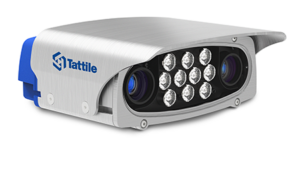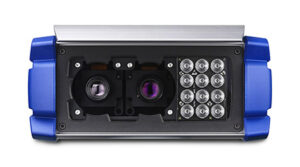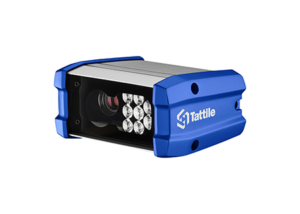The new environmental sensitivity and new parameters for CO2 emission reduction lead cities to introduce traffic limitation in certain areas, called Low Emission Zone (LEZ). In fact, nowadays, LEZ have assumed crucial importance in big cities. They are set up to encourage owners of the most polluting vehicles to either buy cleaner replacements, modify their vehicles to be less polluting, or use alternative forms of transport.
How does Low Emission Zone work?
The Low Emission Zone area is delimited by road signs to indicate its starting point. These road signs are usually accompanied by ALPR cameras whose aim is to ensure compliance with the law environmental regulations.
ANPR cameras in LEZ recognize each vehicle’s license plate passing in front of them and send the information to DMV’s database (Department of Motorized Vehicles). Once the information is received by the DM, it can establish if the vehicle is entitled or not to enter the protected area.
Which are different types of limited access areas?
- LTZ: Limited Traffic Zones monitored by ANPR cameras provided with white lists. These lists contain license plates of all vehicles with access permission.
- LEZ: Low Emission Zone refers to areas where only vehicles falling within certain emissions parameters can enter.
- ULEZ: Ultra Low Emission Zone refers to a defined inner-city area with tighter emissions control regulations.
Why choose Tattile LEZ cameras?
Tattile ANPR system ensures great performances in terms of correct vehicles’ detection and plate recognition, thus is fundamental for the city and local administrations to be able to assign/ deny access permits and correctly protect their own environment.
These ANPR cameras could be provided with the additional BCCM software which can compare in real-time the license plates of a vehicle with its correspondent brand, colour, class and model to verify if there are any inconsistencies. Our traffic monitoring cameras are provided with the free-run mode: the identification of vehicle transit does not necessitate of any external sensors; no road works are necessary for the implementation of the system.
All the processing is performed on the edge of the camera: no additional server processing is required. Tattile ANPR cameras are easy to integrate with external CCTV cameras: the communication between the two devices is managed directly by the Tattile system. The received context image can be sent directly to a remote FTP server via an ethernet connection.



